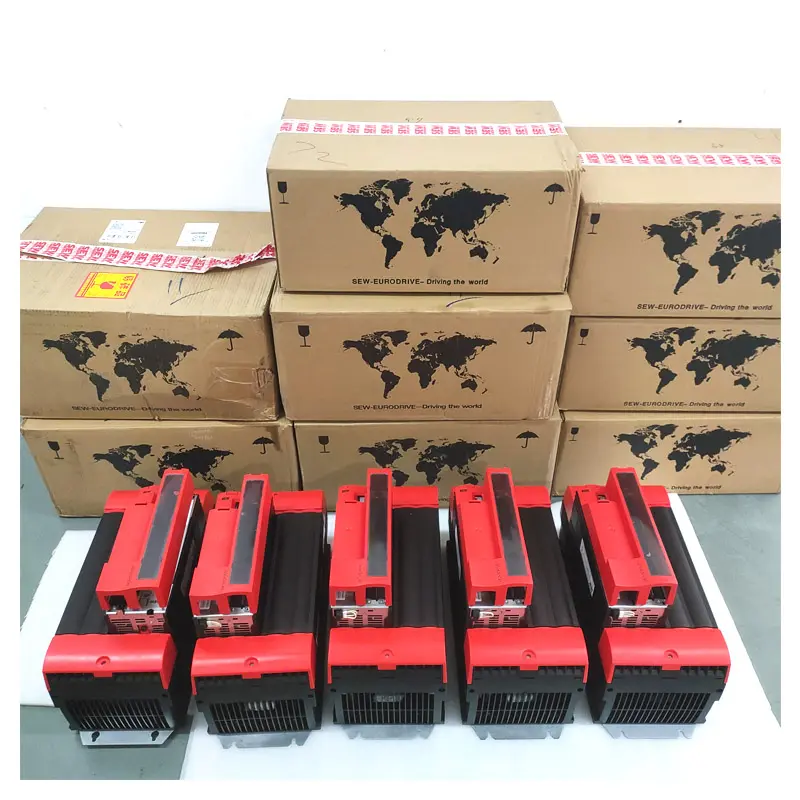plc controller
A Programmable Logic Controller (PLC) is a sophisticated industrial computer system designed to automate manufacturing processes and equipment control. This robust digital device processes inputs and manages outputs based on user-programmed instructions, effectively serving as the brain of modern industrial automation systems. PLCs feature modular components including a central processing unit (CPU), input/output modules, power supply, and programming software. The system excels at handling complex sequential operations, monitoring multiple inputs simultaneously, and controlling various outputs with precision timing. Its rugged construction enables reliable operation in harsh industrial environments, withstanding extreme temperatures, electrical noise, and mechanical vibration. PLCs utilize ladder logic programming, a visual programming language that resembles electrical circuit diagrams, making it intuitive for technicians and engineers to program and troubleshoot. The controller's memory retains programmed instructions even during power outages, ensuring consistent operation upon restart. Modern PLCs often incorporate advanced features such as network connectivity, data logging capabilities, and remote monitoring options, enabling integration with broader industrial IoT systems and facilitating real-time process optimization.

